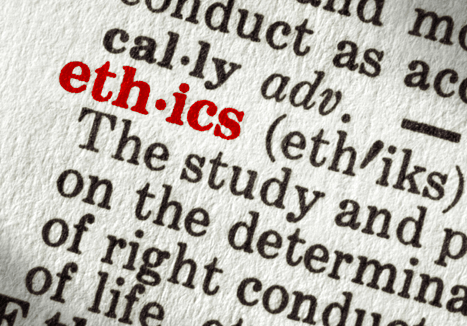







It’s All in Your Approach
How your company approaches training communicates worlds about its corporate culture. You usually see one of three scenarios.
As a healthy organization evolves, a symbiotic relationship between training and the corporate culture should arise. The corporate culture and the training will continuously feed each other. Training will inform and reinforce the corporate culture and the corporate culture will inform and reinforce training.
For this reason, leaders must give constant attention to the quality of the training and the quality of the corporate culture. Successes in training will enhance the corporate culture and successes in the corporate culture will enhance the training. Breakdowns in training will harm the corporate culture and breakdowns in the corporate culture will harm the training. They both rise or fall in unison. They ride the same curve for good or for bad.
The Momentous Nature of Best Practices
Best practices in training along with best practices in all the other company departments contribute to your company’s daily success. Failure to embrace best practices will eventually lead to routine failures throughout the company. Many of those failures will be minor but some will be major.
Major, as in the case of Lion Air Flight 610 (a Boeing 737 Max) that departed from Jakarta on October 29, 2018. Thirteen minutes after takeoff, it crashed into the Java Sea. All 189 passengers and crew died.
The main factor in the accident seemed to be the MCAS (Maneuvering Characteristics Augmentation System), a recently installed software system that supposedly would interrupt any tendency by the aircraft to raise its nose too high under certain conditions thereby risking a stall. The software would responsively make the real-time adjustments to drive the nose angle down sufficiently to avoid that stall risk. In the case of Lion Air Flight 610, the MCAS seems to have overcorrected.
Less than six months later on March 10, 2019, Ethiopian Airlines Flight 302 (another Boeing 737 Max) departed from Addis Ababa. Tragically, six minutes after takeoff it crashed near the town of Bishoftu, killing all 157 passengers and crew. Again, the key factor was the MCAS apparently overcorrecting.
What Goes Wrong
Boeing is just one example of some very large failures that were driven by deficiencies in training and in the corporate culture. Previously followed best practices were compromised. The priority for thorough training on the MCAS was undermined. Key personnel in key departments and groups did not thoroughly communicate serious concerns. It appears Boeing’s normally healthy corporate culture was disrupted. This disruption interfered with best practices.
With respect to training and the corporate culture, certain dysfunctions can develop. Communication breakdowns can occur. Has the corporate culture changed? Do people still feel free to speak up about problems? Have leaders been less receptive when subordinates push back? These conditions will generate a disconnect between training and the corporate culture, and that ultimately leads to company failures.
These failures do not happen in a vacuum. In the case of the Boeing disasters, Dan Catchpole emphasized the corporate culture connection:
“Scrutiny from journalists, crash investigators, regulators, Congress, and the Department of Justice has exposed profound flaws in Boeing’s corporate culture—shaking its workforce, forcing supplier layoffs, and shattering fliers’ trust.” (“Boeing’s Long Descent” Fortune
. February 2020, p. 56).
Communication is the lifeblood of any relationship. When communication’s door is slammed shut, destruction’s door opens wide. In the years leading up to the two crashes, several significant factors were directly and indirectly impairing the formal and informal communications network among key groups such as pilots, training staff, and design engineers. Certain union disputes and company profitability concerns exacerbated matters. The web of factors was far too complex to unpack in detail here. However, the bottom line was communications that had traditionally kept training in sync with key stakeholders was seriously eroding. The results of that erosion caught Boeing by horrible, tragic surprise. Pete Robison and Julie Johnsson highlight some of these crucial oversights:
“Company reassignments placed thousands of miles between designers honing flight-deck concepts in Seattle, trainers working with airline pilots in Miami, and a team in California that provides day-to-day support of airplanes in the field. . . . Three former senior Boeing executives, [privately say] they regret the profit-driven imperatives imposed on the training process and see it as critical to understanding how a company renowned for meticulous engineering missed the mark so badly with the Max.” (James E. Ellis, Ed. “Where the 737 Max Went Off Course” Bloomberg Businessweek
. December 23, 2019. p. 15).
What We Learn
While not in any way diminishing the enormous devastation of the two jet crashes and the 346 lives lost, I contend that every day in the workplace at large we have similar “jet crashes” with hundreds of “lives lost.” We lose customers, we lose employee engagement, we lose ethical parity, we lose team cohesiveness, we lose health, we lose growth opportunities, we lose reputation, we lose leadership development, we lose long-term profitability, we lose families, we lose market share, we lose social justice, we lose effectiveness, we lose core values, and the list goes on endlessly. In response, we ought to make certain promises concerning how we approach training. Those promises will have their genesis within these three fundamental concepts and their ensuing questions:






